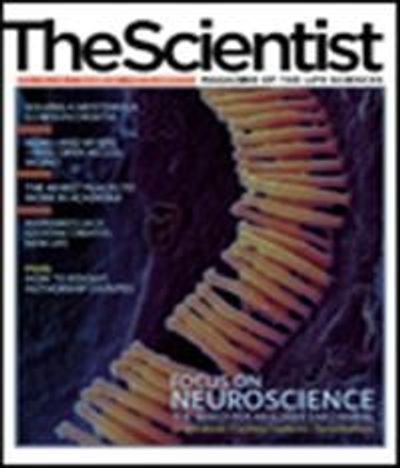Two-photon microscopy offers two advantages over other live cell imaging techniques: It penetrates up to 1 mm into tissue and it minimizes phototoxicity because the beam excites just a single focal point at a time. In order to excite a fluorophore labeling the tissue, two long-wavelength, low-energy photons must meet nearly simultaneously, combining their energy to create a quantum excitation event. The probability that such an event will occur is extremely low, but increases quadratically with laser intensity; a special laser is thus main element of the technology.
A titanium sapphire laser (1) emits pulsed near-infrared light (red beam) at a rate of about 80 million pulses per second. The beam passes through a pair of computer-controlled galvo mirrors (2) that control its movement along the...

Interested in reading more?
